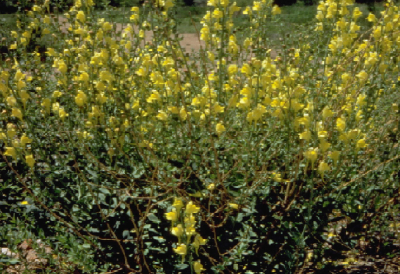Noxious Weeds and Human Activity
There are a lot of definitions of weeds. And all the definitions have one thing in common: they are all related to human activities. These plants have several biological and physiological features which when carefully observed will help us to see the problematic side of weeds.
According to Grime (1979), two key factors determine the level of plant material that grows in any particular environment: Stress and disturbances.
When we talk of stress, we refer to all environmental factors that negatively affect growth which includes insufficient light exposure, nutrients, water unavailability, and improper temperature.
Disturbance may refer to as a partial or complete disruption of plants as a result of flooding, grazing, tillage, fire, mowing, etc.
Effects of Noxious Weeds
These notorious weeds do not originate from North America. During the importation of these plants into the United States, some biotic factors like plant pathogens and insect predators associated with the plants at their points of origin were left behind. Now having found a new home, these foreign plants population can only be controlled by biotic factors which are rather inadequate to manage their populations effectively. Spurge Leaves (Euphorbia esula) for example has infested over a million acres in just North Dakota after its importation in the 1880’s. Also, Lacey et al 1986 in the 1920’s the Spotted Knapweed (Centaurea maculosa) is another good example; brought into Galatian County, Montana, it had widely spread through all 56 counties in Montana, infesting over 2 million acres. Presently, over 4.7 million acres of land in Montana has got a major infestation on the land.
In 1869, the Yellow Starthistle (Centaurea solstitialis) was imported into California, and by the year 1965, the weed had spread over about 1.9 million acres.
The Unite States and Canada have in recent times witnessed high-level infestation, occupying rangelands and other fields in the US and Canada. Spotted knapweeds cover about 7.2 million acres of land across nine and two provinces in Canada (Lacey, 1989). The Diffuse Knapweed has infested over 3.2 million acres across 10 states and two provinces in Canada. The Russian Knapweed (Acroptilon repens) covers over 1.4 million acres of land in nine states and two provinces in Canada. The yellow star thistle covers an area of over 9.4 million acres across ten states and two provinces in Canada.


